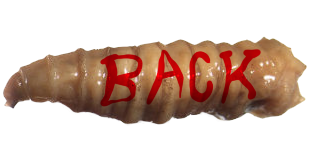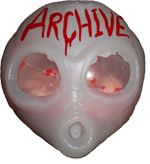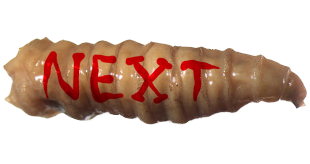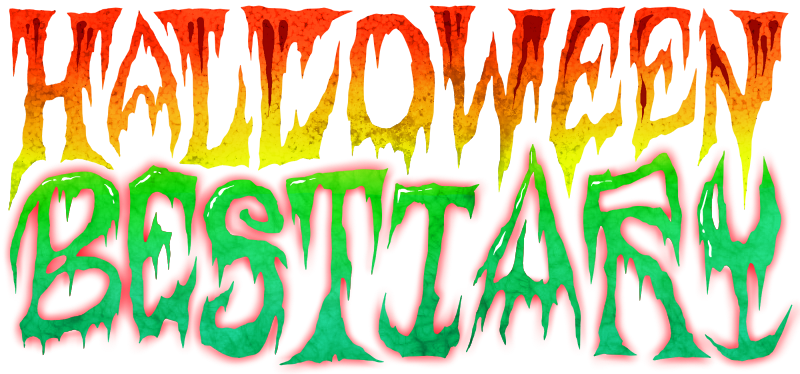
Written by Jonathan Wojcik
Last time, we looked at
The Pocus. Today, it's time for...
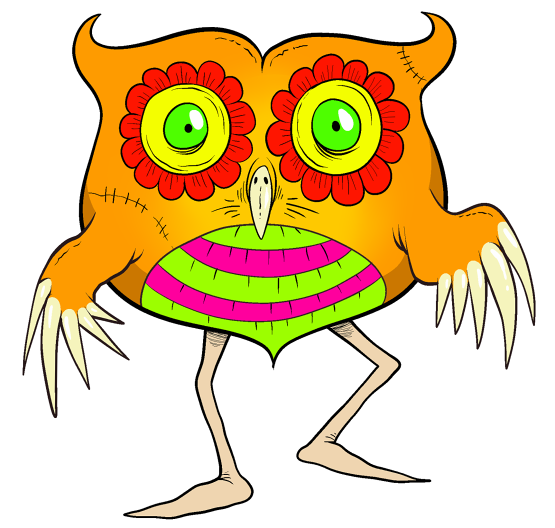
The Strixoid
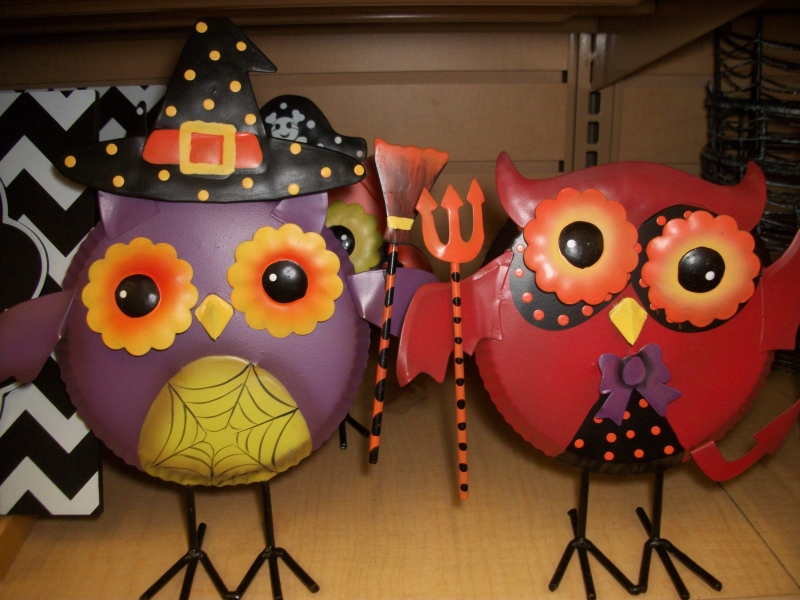
Owls have long been a symbol of Halloween, but many depictions of them are a bit...off, aren't they? Even non-Halloween owls are commonly stylized to an extent that they rarely resemble any actual owl species at all. They typically have much weirder eyes than the real thing, they may come in garish colors, they may appear more scaled than feathered, they may appear clothed or composed of plush fabric, they may have humanoid bodies and at least one I've encountered had
spider legs.
We're clearly not dealing with any ordinary birds, here...perhaps not even birds at all?
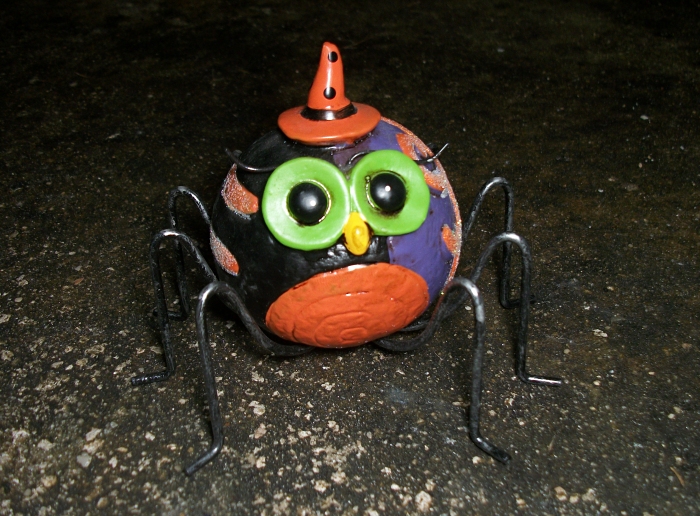
In ancient Greece, owls were known as
strix, which would later be adopted as an actual genus, though this term was also applied to a mythical exaggeration of the animals. This strix was an evil, monstrous bird that used its long beak to suck human blood, particular that of infants, and was said to be an omen of terrible misfortune. A very nice start, but that still doesn't rationalize the utterly unnatural look of your typicall hallowowl.
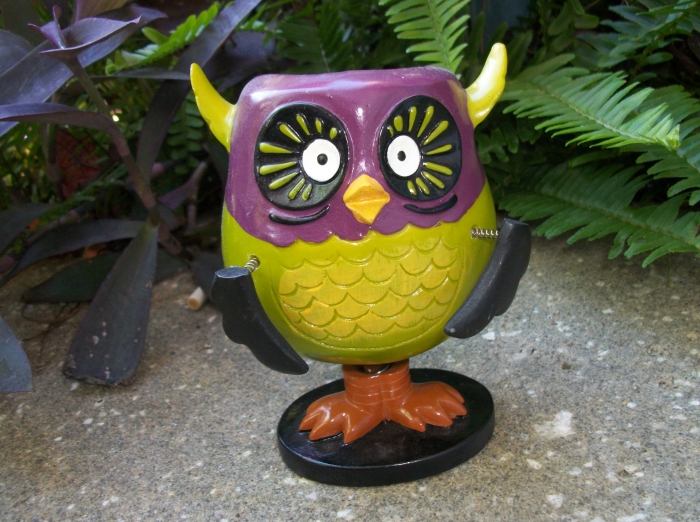
What if what we're seeing in images like these is some sort of demon, goblin or spirit that only takes on an owl-like form when it manifests in
our world, its true form intangible or incomprehensible to the mortal mind? Why it chooses a loose interpretation of an owl may only make sense in its own weird mind...or maybe it's actually
owls that look uncannily like
strixoid.
The specter may build its form from just about anything available. Some are the distorted bodies of living creatures like bats, toads, even
real owls, living or dead. Others might form their pseudo-owl-vessel from pinecones, mosses, bones, hair, cloth scraps, even junk metal.
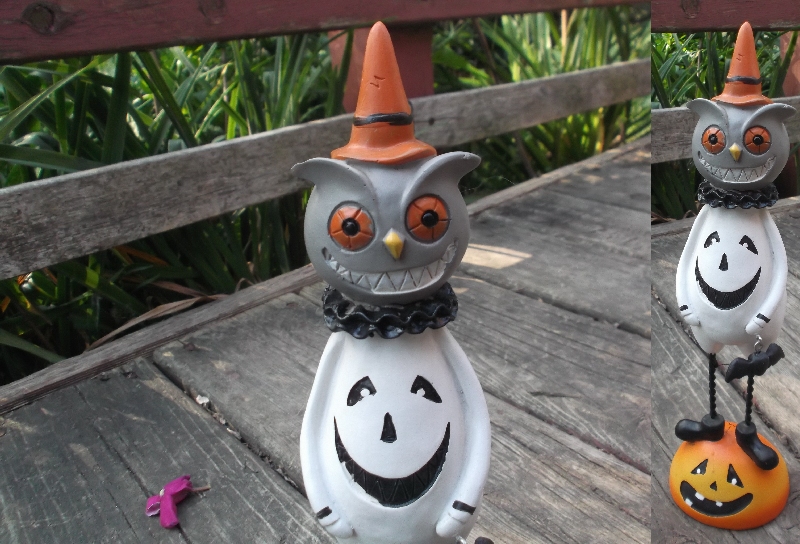
These entities are, of course, terribly intelligent. They can peer through time, space and even dreams to accumulate vast stores of knowledge, predict the future and answer the most arcane, most forbidden of questions, all of which they're willing to share with mortals...for a price.
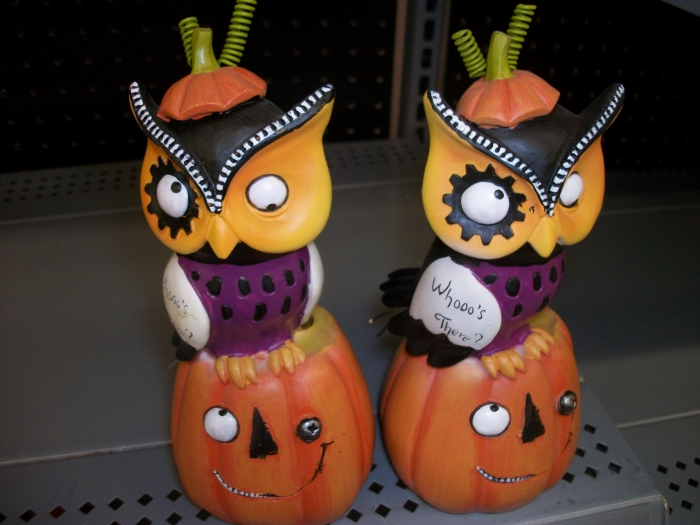
Strixoid do indeed subsist entirely on blood, requiring a steady supply to maintain their physical forms as they study our world. Though capable of transfixing prey with their gaze, these sophisticated spirits prefer to strike up mutual partnership with a human host, sharing their wealth of information and indespensable advice in exchange for a regular feeding.
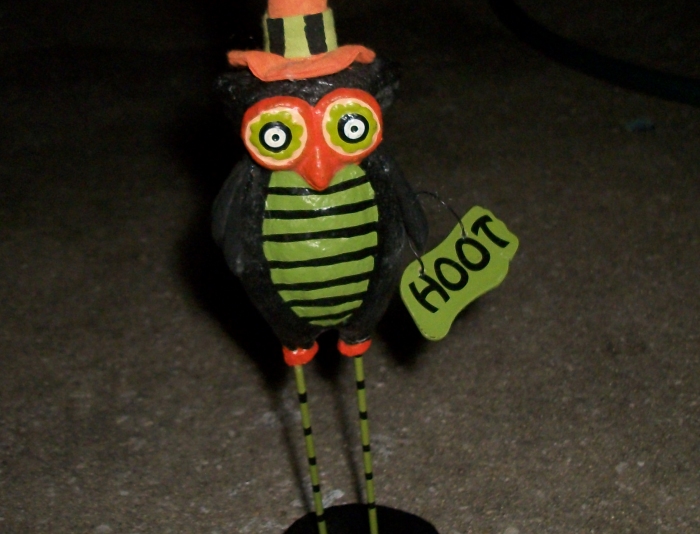
A strixoid can be a valuable tutor to witches, wizards, alchemists, scientists, philosophers or anyone else with a big enough curiosity, but they aren't without their vengeful side. Disrespect a strixoid
or one of its valued students, and it may curse you with maddening nightmares and dangerous delusions merely by watching you as you sleep. Boarding up windows and plugging cracks or keyholes can be one defense against their peeping, but they may even take psychic control of the tiniest insects to spy on their victims.
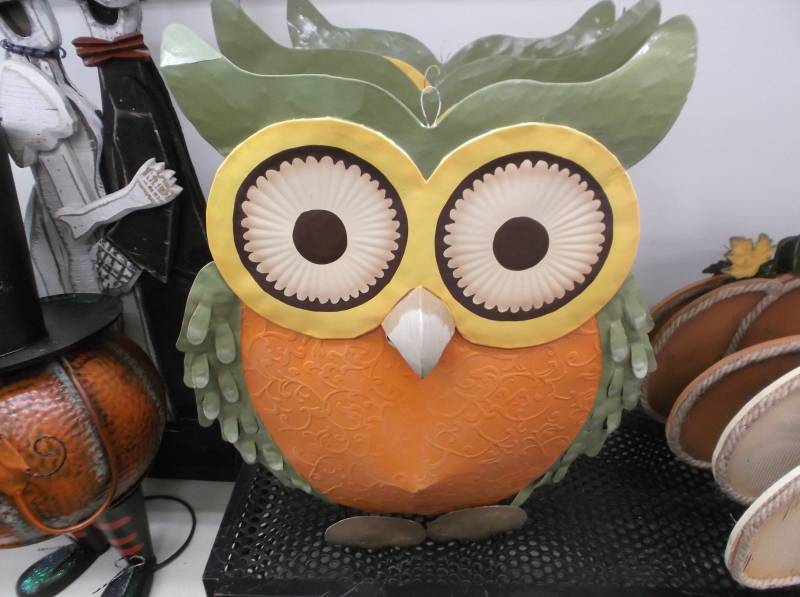
In a nutshell, any Halloween owl that doesn't look
precisely like a realistic, normal owl may as well be interpreted as a supernatural monster in an "embellished" owl form, which could have inspired both the mythological strix and our stereotypes of the "intellectual" owl. A strange and dangerous creature, though not necessarily an evil one.
MORE HALLOWEEN FEATURES:
